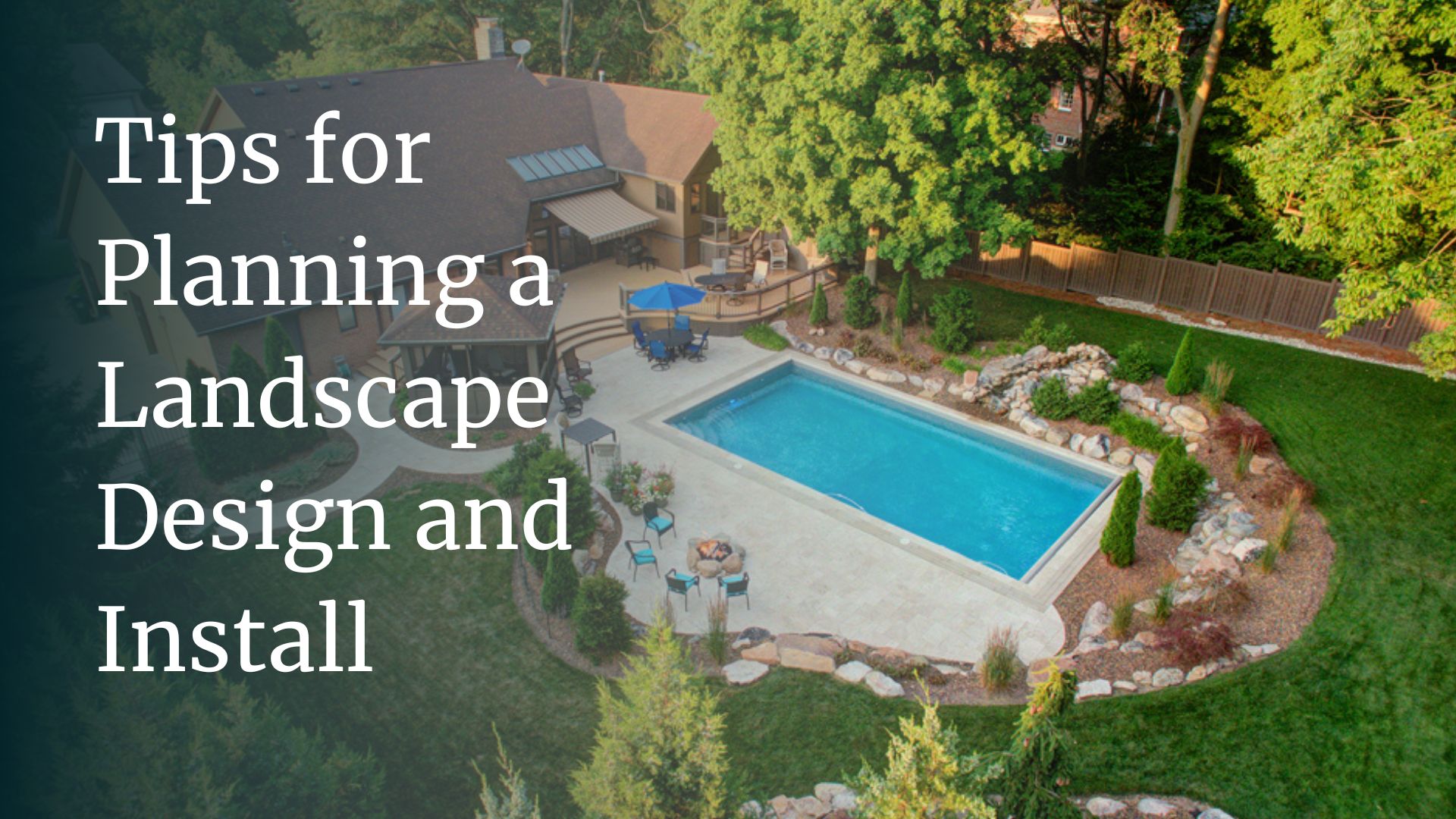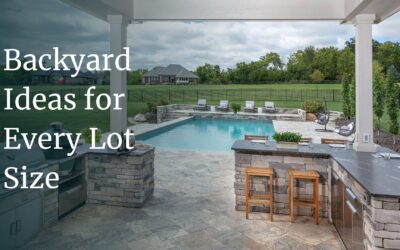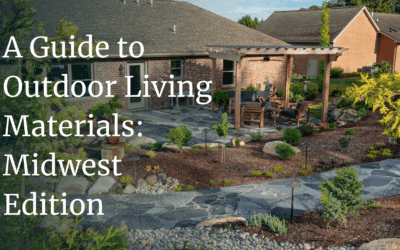A well-developed landscape design incorporates these five key elements: line, form, texture, color and scale. When these design features are in balance, the landscape will appeal to the eye and bring harmony to the space. In addition, there are seven key principles of landscape design and install including these elements:
- Unity
- Scale
- Balance
- Simplicity
- Variety
- Emphasis
- Sequence
What are six important factors that should be considered when preparing a landscape plan?
When preparing a landscape plan, you can consider factors such as:
- Site analysis. Consider the site’s location, topography, zoning regulations, traffic conditions, and climate to anticipate potential issues and maximize opportunities.
- Color. Color can be used to create contrast and interest, and even make a space appear larger or smaller.
- Texture. Consider the feel of the materials in the environment, such as hard or soft, jagged or smooth.
- Lines. Lines can be used to control movement, such as a walkway, path or flower bed, or to highlight a design feature like a pond, pool or fire pit. Lines can take various shapes, such as straight, curved, horizontal or diagonal.
- Plant selection. Consider factors such as site location, sun exposure, soil condition, irrigation availability, disease and pest resistance, and traffic levels.
- Arranging plants. Consider factors such as proximity to surrounding vegetation and existing wildlife corridors, topography, future land use, potential fire hazards and future risks associated with planting near infrastructure.
What should be included in a landscape design proposal?
In the proposal you receive from potential landscape design and installation companies, look for essential details such as:
- A project overview.
- The types of plants that will be used.
- Information on any hardscaping elements like patios or retaining walls.
- A detailed project timeline that outlines each stage of the process.
- A cost estimate that includes an itemized breakdown of all the expenses associated with the project, from materials to labor costs.
- Terms of payment information.
- Contact information for the company.
The proposal may also include background information on the company, including their experience or customer testimonials.
What can I expect from a landscape designer?
While each residential landscape design project is unique, here’s a typical process you can expect:
1. Initial consultation. This is when you meet the designer and discuss your project’s goals and requirements. To make the most of this (often paid) visit, ask the designer how to best prepare and what to expect.
2. Concept plan. The designer analyzes your property and your ideas to develop a few initial design concepts for you to consider.
3. Master plan. This final plan reflects your choices and the designer’s expertise, detailing the layout of your outdoor spaces and any hardscape or architectural elements.
4. Planting plan. This is the blueprint for your garden, specifying plant types, locations and planting instructions for the contractor.
5. Additional plan documents. Depending on your project, you might also get plans for lighting, irrigation or specific design elements.
6. Installation assistance. Many designers help you find and choose a contractor and stay involved during construction to ensure the design is executed correctly.
Looking for Landscape Design and Installation?
Contact us today to learn more about our services in Dayton and throughout the Miami Valley.




